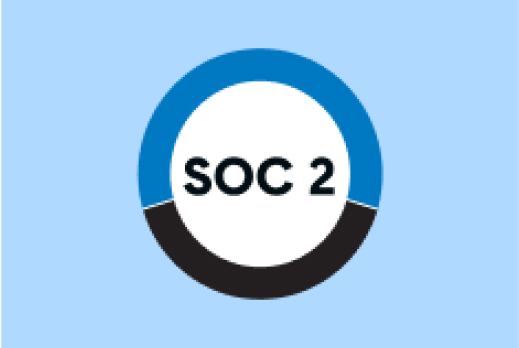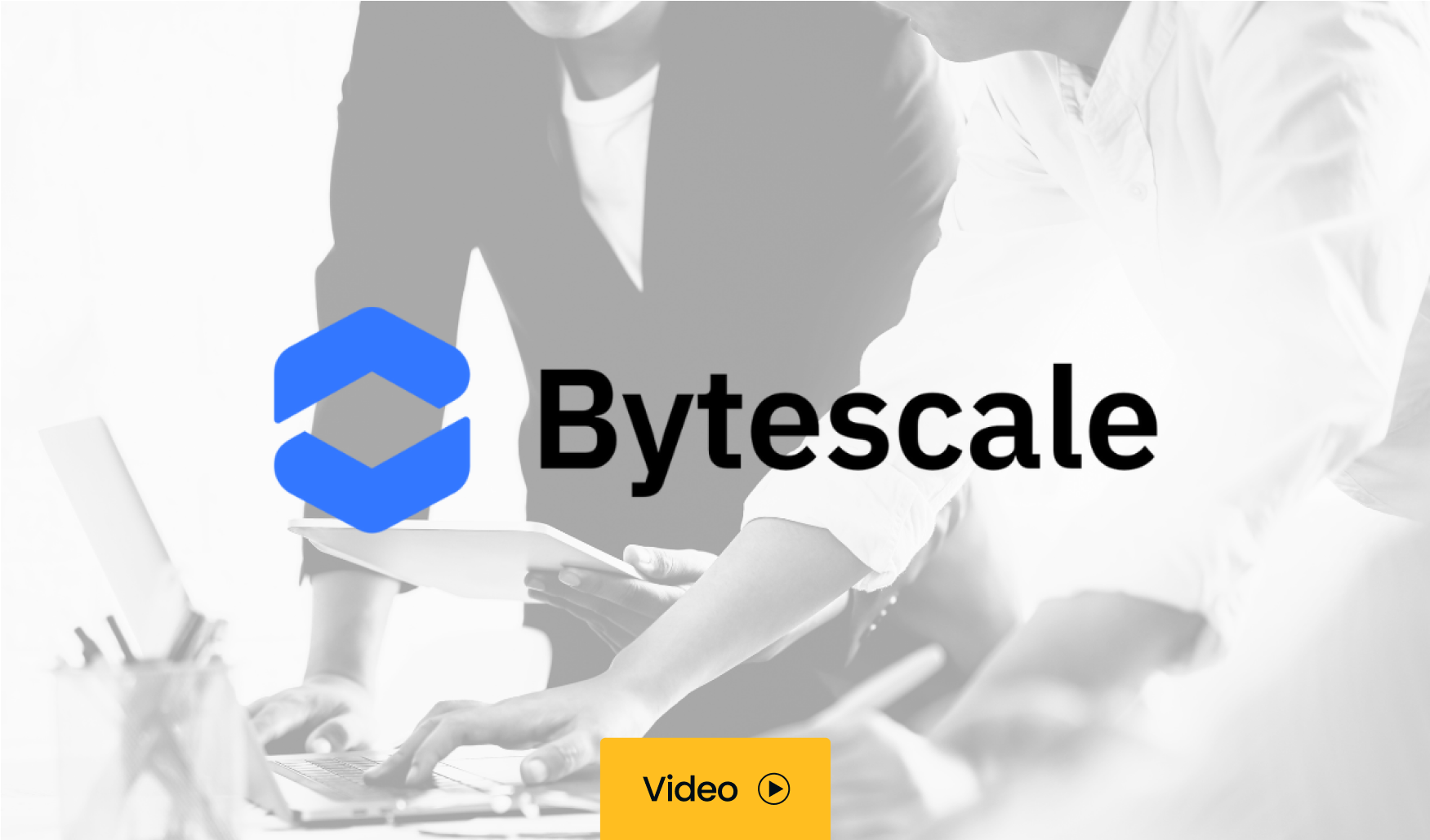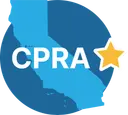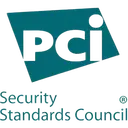The SOC 2 Trust Services Criteria (TSC) are five categories—security, availability, confidentiality, privacy, and processing integrity—that define the scope and requirements for your SOC 2 audit. While security is mandatory for all SOC 2 reports, organizations choose which additional criteria to include based on their services and customer requirements.
Strategic TSC selection can reduce audit costs, cut attestation timelines, and create foundations for efficient multi-framework compliance that delivers a return on investment through enhanced customer trust and enterprise deal closure.
Understanding how these criteria work together, which combinations deliver maximum value, and how to avoid common selection mistakes transforms compliance from endless audit cycles into a strategic business advantage that scales with organizational growth.
Key takeaways
- Organizations that thoughtfully select Trust Services Criteria based on business objectives rather than competitor benchmarking achieve faster audit cycles and avoid costly scope creep.
- Companies implementing SOC 2 with future compliance frameworks in mind report requirement overlap with standards like ISO 27001, enabling completion of multiple certifications within 12 months rather than separate audit cycles that waste time and resources.
- Thoropass transforms compliance from a burden to an advantage: Purpose-built platform automation and expert guidance has helped organizations cut audit timelines in half and reduce costs through retained enterprise customers, eliminating the endless audit loops that plague traditional compliance approaches.
What are the SOC 2 trust services criteria (TSC)?
The SOC 2 framework evaluates your organization’s controls across five Trust Services Criteria, formerly known as Trust Services Principles:
- Security
- Availability
- Confidentiality
- Privacy
- Processing integrity
These criteria serve as the foundation for demonstrating your commitment to data protection and operational reliability.
When engaging an auditor, organizations define their report scope in consultation with their auditor, selecting which TSCs to include based on services provided. These decisions significantly impact your audit timeline, cost, and the strategic value you can extract from the SOC 2 compliance process.
It’s important to note that your TSC selection affects both SOC 2 Type I and Type II reporting timelines. Type I reports provide a point-in-time assessment of your controls, while Type II reports require a minimum three-month observation period to demonstrate operational effectiveness over time. Organizations pursuing multiple TSC often find that Type II reports provide greater customer confidence and competitive advantage, though they require sustained control implementation across all selected criteria throughout the observation period.
“The biggest mistake I see is organizations adding Trust Services Criteria to appease customers without evaluating whether they have the operational maturity to implement those controls effectively. This creates ‘audit debt’—you’re committing to maintain controls that don’t align with your actual business processes, which inevitably leads to findings and costly remediation cycles.” [SME Name, Title]
What are the five SOC 2 trust services criteria?
Each Trust Services Criterion serves a distinct purpose in your security ecosystem, but their true value emerges through strategic integration. Understanding how these criteria complement each other, and which combinations deliver maximum audit efficiency, enables organizations to build comprehensive compliance programs that scale with business growth.
1. Security criteria: Required foundation
Security is the mandatory cornerstone of every SOC 2 audit, establishing the foundational controls that protect information and systems against unauthorized access throughout the entire data lifecycle—from creation and processing to transmission and storage.
This criterion encompasses nine core areas including access controls, system monitoring, change management, and vendor risk management. Because security controls often overlap with other criteria, a well-designed security program creates efficiencies for additional TSC implementation.
2. Availability criteria: Operational resilience
Availability criteria ensure your systems maintain consistent uptime and performance standards that customers depend on. This includes network performance monitoring, disaster recovery procedures, backup processes, and business continuity planning.
When to include: Essential for organizations offering continuous services, cloud platforms, or mission-critical applications where downtime directly impacts customer operations.
Multi-framework advantage: Availability controls often satisfy requirements across multiple standards, creating audit efficiencies for organizations pursuing ISO 27001 or other frameworks simultaneously.
3. Confidentiality criteria: Information protection
Confidentiality goes beyond basic security to address the protection of specifically designated confidential information. This criterion is particularly relevant when handling proprietary business information, intellectual property, or data covered by non-disclosure agreements.
4. Privacy criteria: Personal data governance
Privacy criteria address the collection, use, retention, and disposal of personally identifiable information (PII). With evolving data protection regulations globally, privacy controls demonstrate proactive data governance practices.
When to include: Privacy is critical for organizations collecting consumer data, operating in regulated industries, or expanding into markets with strict data protection requirements like GDPR jurisdictions.
5. Processing integrity criteria: System reliability
Processing integrity ensures your systems process data accurately, completely, and in a timely manner. This criterion validates that system inputs and outputs are free from unauthorized manipulation and that processing occurs as intended.

GUIDE
How SOC 2 can accelerate your business
Strategic insight into how SOC 2 can be a business accelerator for your organization
Which SOC 2 trust services criteria does your organization need?
Moving from understanding the five criteria to actually choosing which ones to implement requires a strategic approach that balances immediate customer demands with long-term business objectives. The wrong selection can lead to wasted resources and repeated audit cycles, while the right combination creates a compliance foundation that scales efficiently.
Cost-benefit analysis framework
Determining your TSC scope requires balancing customer requirements with strategic business value. Consider these key factors:
- Customer requirements analysis: While customer demands often drive initial TSC selection, successful compliance programs align criteria selection with broader business objectives and risk management strategies. Organizations report that having multiple criteria often opens doors to larger enterprise deals that require comprehensive security validation.
- Implementation overlap: Many controls serve multiple criteria simultaneously. For example, access management systems typically satisfy requirements across security, confidentiality, and privacy criteria, creating implementation efficiencies.
- Audit efficiency: Organizations working with integrated compliance platforms report 50% reduction in audit cycles when managing multiple criteria simultaneously, compared to separate audit processes for each criterion.
How Thoropass streamlines TSC selection and implementation
Thoropass’ purpose-built platform eliminates the guesswork in TSC selection through automated control mapping and readiness analysis to help identify gaps prior to auditor review. The platform maps your existing controls against all five criteria, identifying which combinations provide the most efficient path to attestation.
Key advantages include:
- Automated evidence collection: Integrations with 100+ security tools automatically collect evidence across multiple TSC simultaneously
- Control overlap analysis: The platform identifies where single controls satisfy multiple criteria requirements
- Expert guidance: Dedicated customer success managers provide strategic advice on TSC selection based on your specific business model and customer requirements
Organizations like Bytescale using Thoropass report 70% time savings on audit evidence collection and clearer visibility into which criteria combinations deliver maximum business value.
What are the common mistakes when selecting SOC 2 trust services criteria?
Some predictable errors in Trust Services Criteria selection create unnecessary complexity, inflate costs, and delay attestation. Understanding these pitfalls before you begin can save months of wasted effort and prevent the audit loops that plague so many compliance programs.
1. Avoiding TSC scope creep
- The problem: Adding criteria without clear business justification increases costs and complexity without proportional value. Many organizations include criteria simply because competitors have them, rather than evaluating actual business need.
- The solution: Align TSC selection with specific customer segments and business objectives. Start with security plus one additional criterion that directly addresses your primary value proposition or customer concern.
2. Multi-framework planning considerations
- The problem: Organizations that plan only for SOC 2 often face inefficient re-auditing when additional frameworks become necessary. This reactive approach leads to duplicated effort and missed opportunities for control integration.
- The solution: Consider future compliance needs during initial TSC selection. Many organizations find that thoughtful TSC selection creates a foundation for efficient multi-framework compliance later.
3. Business-driven criteria selection
- The problem: Many organizations select Trust Services Criteria simply because industry peers include them, without evaluating whether those criteria address actual business risks or customer requirements. This leads to unnecessary audit complexity and controls that don’t align with operational realities.
- The solution: Evaluate each criterion against your specific risk profile, customer contracts, and business model. The most effective SOC 2 scopes reflect genuine business needs rather than industry benchmarking.
How do you implement SOC 2 compliance with selected criteria?
Once you’ve determined your TSC scope, the implementation phase determines whether your compliance program becomes a strategic advantage or an ongoing burden.
Control integration strategies
Effective SOC 2 programs design controls that serve multiple criteria simultaneously. This approach reduces implementation burden while creating more robust security ecosystems.
Organizations like Access Group using Thoropass’ integrated approach report cutting their audit timelines in half—from typical 12-month cycles down to 6-7 months—while maintaining comprehensive control coverage across all selected criteria.
Continuous compliance monitoring
Rather than treating SOC 2 as an annual exercise, leading organizations implement continuous monitoring that maintains audit readiness year-round. This approach enables:
- Reduced audit cycles and predictable timelines
- Lower costs through efficient evidence management
- Enhanced security posture through real-time monitoring
- Simplified preparation for additional frameworks
How does Thoropass accelerate SOC 2 implementation?
Thoropass delivers end-to-end SOC 2 compliance through a combination of purpose-built technology and experienced compliance experts:
- Streamlined process: No more endless audit loops or unpredictable timelines. The platform provides clear visibility into audit progress and automated evidence collection.
- Expert team: Direct access to compliance experts and auditors through the platform, eliminating communication delays and version control issues that plague traditional audit processes.
- Proven results: Organizations like Bytescale achieve 400% ROI through retained enterprise customers, and Access Group achieved a 25% cost reduction compared to managing compliance with multiple vendors.
“Thoropass gives us the entire package together. It has made massive differences in terms of our costs and our resource requirements, and therefore, it has just saved us a vast amount of time.”
Matt Steel
Head of GRC
Access Group
How do you scale compliance programs beyond SOC 2?
Achieving SOC 2 attestation is rarely the end goal; it’s typically the foundation for a broader compliance strategy. Organizations that view SOC 2 as an isolated requirement miss opportunities to build scalable compliance infrastructure that efficiently supports multiple frameworks and evolving business needs.
Scaling multi-framework compliance
Modern compliance strategies recognize that multiple certifications are often required to address diverse customer requirements and regulatory obligations. Organizations that plan for multi-framework compliance from the start achieve significant efficiencies.
For example, companies like CoEnterprise implementing SOC 2 and ISO 27001 simultaneously report 80% requirement overlap between frameworks, enabling completion of both in under 12 months.
Thoropass‘ platform supports efficient multi-framework compliance by:
- Evidence reuse: Upload evidence once and apply it across multiple frameworks simultaneously
- Integrated audits: Achieve multiple certifications with streamlined audit processes
- Compliance roadmap: Strategic guidance on which frameworks to pursue based on your industry and growth trajectory
Organizations using Thoropass for multi-framework compliance report transforming compliance from a cost center into a strategic advantage that accelerates enterprise sales cycles and reduces customer acquisition costs.
The most successful SOC 2 implementations view Trust Services Criteria selection as a strategic business decision that creates lasting value beyond the audit report. By understanding how different criteria combinations support business objectives while maximizing audit efficiency, organizations can transform compliance from a burden into a competitive advantage.
Ready to develop a strategic approach to SOC 2 compliance that scales with your business? Learn how organizations are achieving SOC 2 attestation in months, not years, while building foundations for multi-framework compliance.
CUSTOMER CASE STUDY
SOC 2 compliance delivers 400% ROI and unlocks enterprise customers

Related Posts
Stay connected
Subscribe to receive new blog articles and updates from Thoropass in your inbox.
Want to join our team?
Help Thoropass ensure that compliance never gets in the way of innovation.














.png)